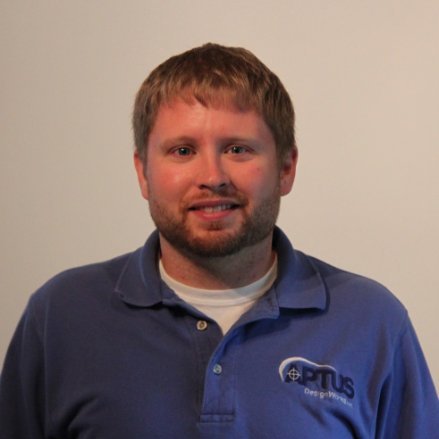
#Aptus designworks inc professional
Based on the results of the tests, a third aspiration plate, with optimal port geometry was designed and evaluated.Knoxville, Tennessee R&D Program Manager | New Product Development Enthusiast | Global R&D Professional Chemicals Education Tennessee Technological University 2003 - 2007 PhD, Chemical Engineering Tennessee Technological University 2000 - 2002 MS, Chemical Engineering Annamalai University 1996 - 2000 B.E, Chemical Engineering Gill Adarsh 1985 - 1996 High School Experience Alstom Power December 2014 - Present Alstom Power October 2011 - Present Tennessee Technological University 2013 - 2013 Alstom Power April 2011 - September 2011 Alstom Power September 2007 - May 2011 Skills Process Simulation, Chemical Engineering, Simulations, Engineering, Aspen Plus, Pilot Plant, Process Optimization, Product Development, Process Engineering, Thermodynamics, R&D, Carbon Capture, Process Modeling, Aspen HYSYS, Data Analysis, FEED, Modeling, Six Sigma, Energy, Engineering Research, Hydrogen Fluoride, Thermodynamic Modeling, Fortran, Project Management, Research, Program Management, New Product Validation, Business Development, Processes Development, New Product., OLGA, Situational Leadership, Gas Turbines, Data Validation, Process Validation, New product development, R & D managment, Oxy combustion, Amine Treating, Chilled ammonia, Risk Management, FMEA, Resource Management, Work Instructions, Cross-functional Team., P&ID Two aspiration plates were designed and evaluated. Both inline and counter-rotational flow concepts were investigated. The results of this research will allow for the continuing development of the Legacy engine. This project consists of design, manufacturing, testing and evaluation of port configuration for the Legacy engine aspiration plate. The development of an aspiration plate with optimal port geometry is the technical challenge that is addressed in the project. The continued research and development will result in a commercially viable Legacy engine. For the Legacy engine to achieve the predicted benefits, optimization of induction and exhaust in the engine is critical. Utilization of the Legacy engine will reduce Greenhouse Gas (GHG) emissions and our dependence on foreign oil, provide the United States a technological advantage in a critical market, and create thousands of “green” jobs.

Also, as a new technology, it will be optimized for many years to come providing the opportunity for continued environmental and economic benefit for the United States. The Legacy engine is a new core technology that can be used with existing infrastructure providing for near term benefits while minimizing costs.


 0 kommentar(er)
0 kommentar(er)
